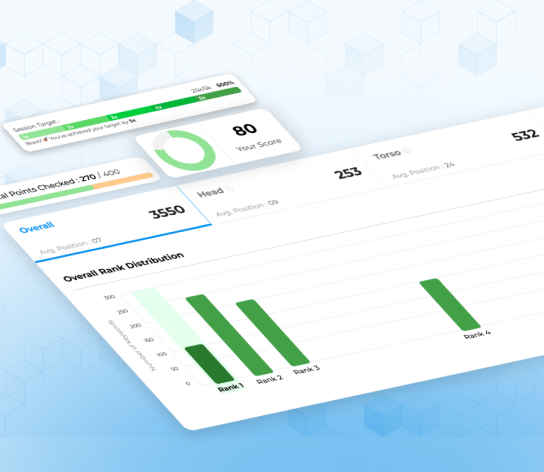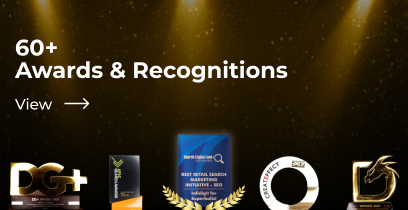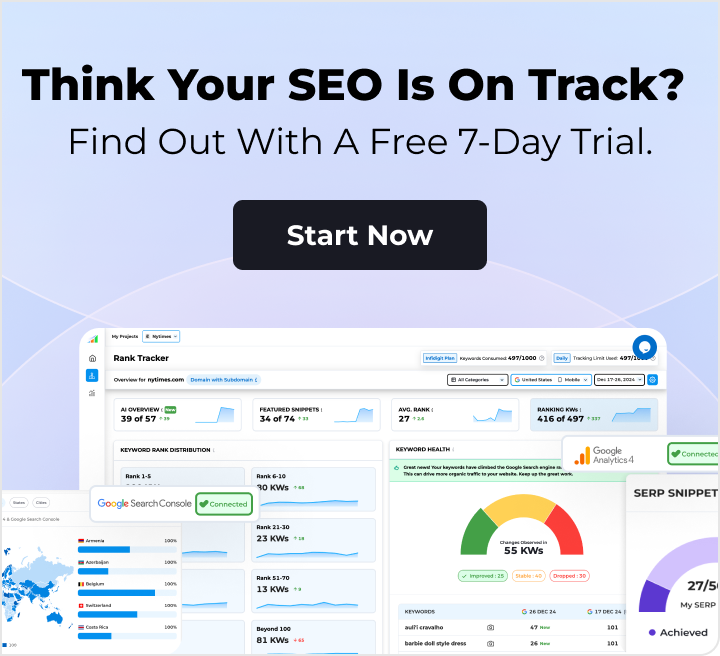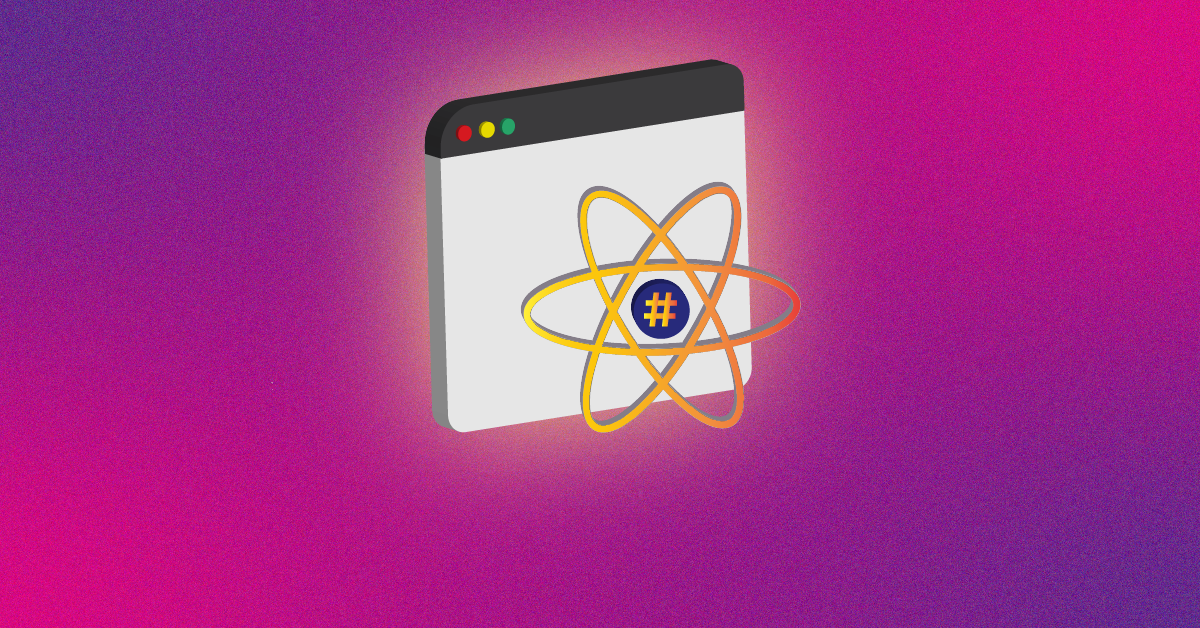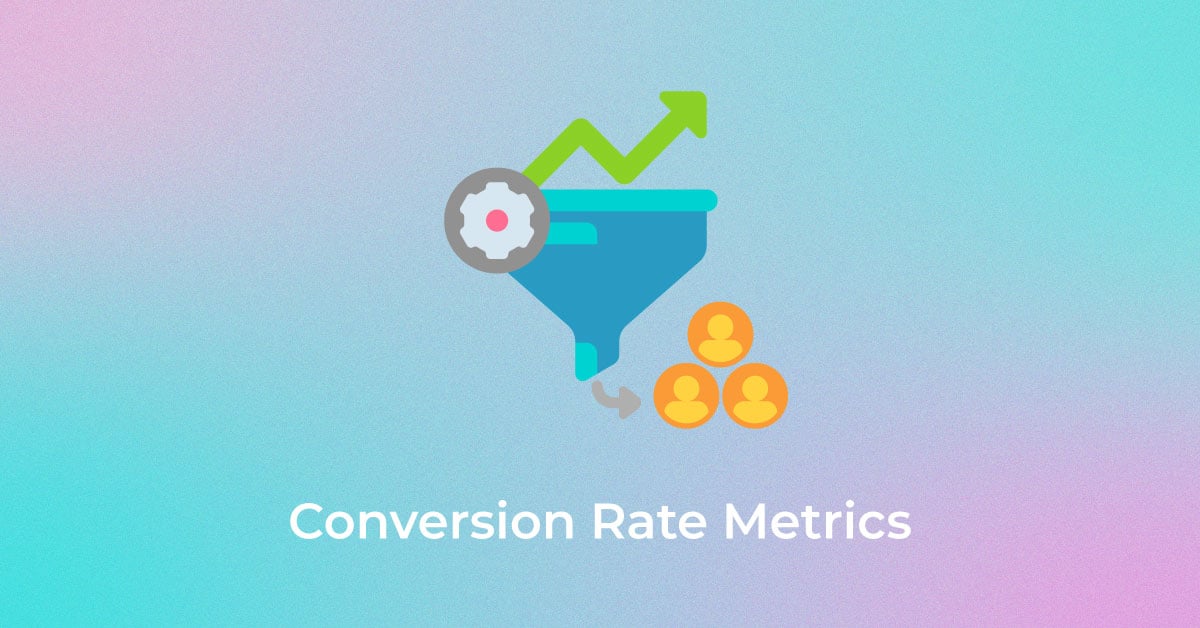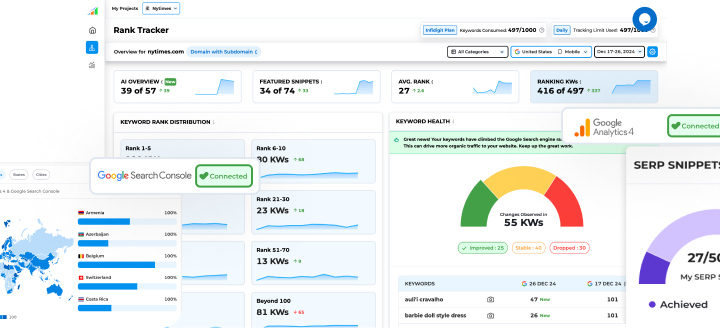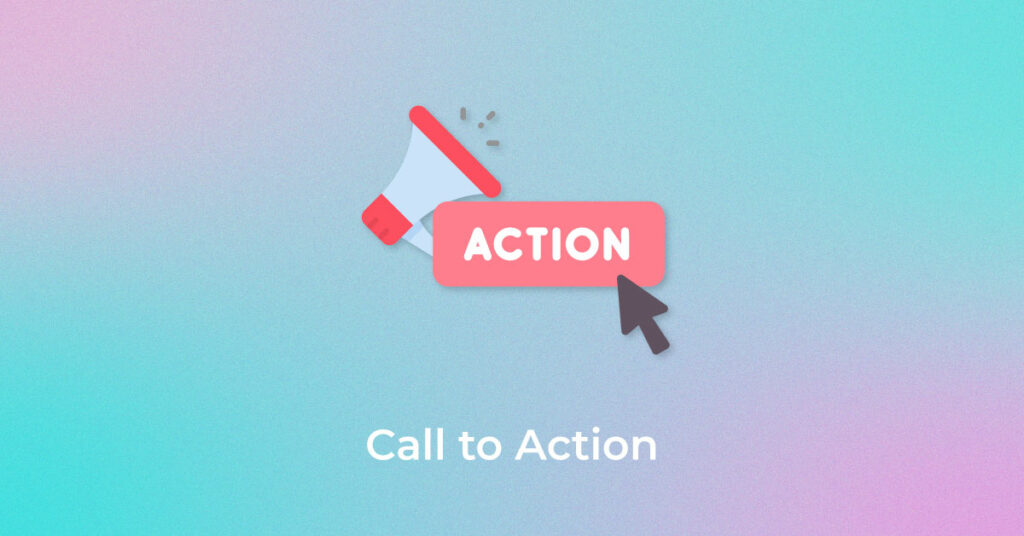Imagine visiting a website, feeling interested in a product, but unsure what to do next. Without clear guidance, you leave—potentially never returning. This is where a Call to Action (CTA) makes all the difference. A well-placed and compelling CTA directs users toward the next step, whether it’s signing up, making a purchase, or engaging with content. Without it, even the most well-designed websites and emails may struggle to convert visitors into customers. In this guide, we’ll explore the power of CTAs, real-world examples, and best practices to help you create high-converting calls to action that drive results.
What is a Call to Action (CTA)?
A Call to Action (CTA) is a direct prompt that encourages users to take a specific action, such as signing up, purchasing, or subscribing. It serves as a crucial marketing tool, guiding potential customers toward the next step in their journey. Whether it’s a button, link, or persuasive text, a well-crafted CTA can significantly impact engagement and conversions by providing clear direction and motivation for users to act immediately.
CTAs are commonly used across websites, emails, social media, and digital ads to drive user interaction. They can be as simple as “Buy Now”, “Get Started”, or “Download Free Guide”—each designed to push the user toward a desired goal.
A strong CTA is more than just a command; it combines persuasive language, urgency, and strategic placement to maximize effectiveness. Businesses that optimize their CTAs can see higher conversion rates, improved engagement, and better overall marketing results.
Why Are CTAs Important for Your Website & Marketing?
A Call to Action (CTA) is a crucial element of any webpage, guiding visitors toward the next step in their journey. Without a clear call to action button, users may leave without engaging further, reducing conversions and missed opportunities for your business.
Key Reasons Why CTAs Are Essential:
- Guide User Actions: A well-placed CTA button tells visitors exactly what to do next, whether it’s signing up, purchasing, or exploring more content.
- Enhance User Experience: Without a call to action, users may feel lost, unsure of where to go or what to do. CTAs simplify navigation and provide a clear direction.
- Boost Conversions & Sales: Whether on a landing page, blog, or product page, a compelling CTA encourages immediate action, leading to higher conversion rates.
- Reduce Bounce Rate: If visitors don’t see a clear next step, they may leave. Strategic CTAs keep users engaged and guide them deeper into your sales funnel.
- Support Marketing Goals: From lead generation to sales, different CTAs serve different purposes—like “Download Now” for gated content or “Buy Now” for direct purchases.
For instance, if a visitor finishes reading a blog post but sees no CTA encouraging them to explore related content, sign up for updates, or make a purchase, they may exit the site without taking any action. A simple “Subscribe for More Insights” or “Explore Our Services” CTA can keep them engaged and moving forward in the customer journey.
By strategically placing CTA buttons across your website and marketing campaigns, you can drive user engagement, improve conversions, and create a seamless browsing experience for your audience.
Enhance your website that drives users to complete a desired action to become your customer.
Want to increase conversion
rate on your website?
Enhance your website that drives users to complete a desired action to become your customer.
Common Call to Action Examples
-
Sign up
This type of CTA serves the purpose of encouraging visitors to sign up for your services or products. For instance, you can have a CTA on your website to invite the users to sign up for a free trial of your product.
-
Subscribe for Updates
This type of CTA invites a user to subscribe or receive regular updates from your business. Subscribe CTAs are fairly common as ending lines in blogs to encourage the readers to engage with your brand more, and potentially convert to customers.
-
Free Trials
Almost all businesses offer free trials of their services through universal or personalized CTAs that encourage the users to demo your services. This helps them make a final decision if your services are worth paying for or not.
-
Learn more
This type of CTA is useful for redirecting users to the relevant webpage where they can learn more about your business or a specific product/service. This is especially important as well-informed users are more likely to make a purchase than users who are unaware of your products or services.
-
Join Us
This CTA type is particularly relevant for websites that rely on engagement or collaboration with their user base. For instance, if you manage online communities for your product/service catalog, then you might want to encourage potential users to join them.
This CTA has a designated purpose of targeting users who are not a part of your community and encouraging them to engage with your brand. It brings organic traffic to your website and increases the leads that can be converted in the future.
Types of CTAs You Need on Your Website
1. Lead Generation CTA Buttons
One of the primary goals of a CTA is to generate leads. Converting visitors into potential customers can be challenging, but well-placed CTAs act as a catalyst to drive action. Lead generation CTA buttons are commonly found on blogs, website footers, or as floating banners on web pages. Their placement should be strategic to capture user attention without being intrusive.
To be effective, these CTAs must be clear, concise, and compelling. They should instantly communicate their purpose and value, ensuring visitors know exactly what to expect when they click. For instance, if your goal is to provide pricing details, a CTA like “Click here to download quotes” can set clear expectations and encourage action.
2. Form Submission CTAs
Visitors need to fill out a form with their required details and also click on the submit button to officially become a registered lead in your database.
A lackluster CTA button for submission will definitely drive them away and you would lose potential leads. Hence, it is imperative that your submit button has a compelling and actionable copy. It can be a marketing offer like a discount, which encourages them to fill the form. For example, “Avail 30% discount now” is a good eye-catcher, and will encourage the users to fill out the form.
3. “Read More” Buttons
Read more buttons are present in almost every section of a website. Since displaying an entire post would take up too much space on a webpage, a read more button serves the purpose of directing visitors to the relevant web pages.
A smart move here is to entice the visitors by displaying the first couple of lines of content and then following up with a clickable “Read more” CTA button.
4. Product & Service CTAs
Visitors who are interested in your services will most likely poke around your web pages to learn more about what you offer. You would want to ensure that their journey is as easy as possible for increasing the chances of conversion.
Simple prompts of CTAs which offer the visitors access to more information about your products or services play a crucial role in this journey. Simple CTA buttons like “Learn more about new features” or “Try a demo for free” will do the trick at this stage.
5. Social Media CTAs
Encouraging website visitors to share your content is the most organic way to grow your traffic. Social sharing is the most effective and low-commitment method to engage with your visitors, customers, and leads.
Social buttons can be used on web pages like landing pages, blog posts, recent updates, and pillar posts. They make the most sense in places where there is shareable content or information about your business. A good example of a social button is “Like what you see? Share with your friends”, followed by social media buttons.
6. Lead Nurturing CTA Buttons
The path from generating a lead to converting the lead is quite difficult. You have to entice and encourage them with your offering to take the next step and become a customer. A top-of-the-funnel offer is too common and unappealing. An offer that is aligned with your brand and products is a much more effective way to go about this.
CTA buttons about free product demos or a free 1-month trial do the job. This is called lead nurturing through CTAs. These CTAs should be organically displayed across your website wherever possible, especially on web pages that most of your leads visit.
7. Event Registration CTAs
If you are conducting an event, it’s a given that you would want all your seats to be filled, whether the event is online or offline.
Event promotions are heavily dependent on an effective CTA to raise awareness and bring in more attendees to the event. These should be short and direct. For example, if you are conducting an event titled Sambhav, then the CTA should be something along the lines of “Register for Sambhav 2021 now”.
How to Write Effective & Compelling CTA
Now that you know what is CTA in marketing and websites, let’s take a look at the best practices to create the most effective ones for your visitors.
-
Keep CTAs Clear & Concise
A great CTA delivers maximum impact with minimal words. Users prefer quick, clear instructions over lengthy explanations. CTAs should be direct, simple, and action-driven. A long-winded CTA loses engagement—most users won’t read a paragraph just to take action. Instead, keep it short and compelling.
For example, Uber’s “Start Riding with Uber” clearly tells users what to expect, making the next step obvious and easy. Aim for clarity and brevity to boost conversions.
-
Use Strong, Action-Oriented Verbs
What is in it for your users? This should be the first question you should ask yourself while creating the CTA. How will it help them? Will it tie into your USP? Answer this, and you have the fuel to create an outstanding CTA.
For example, a CTA like “Schedule your free consultation today” persuades visitors to schedule the consultation “today”, and increases the chances of conversion.
-
Create a Sense of Urgency
When your website visitors see that they might miss out on something if they don’t take quick action, they will be more compelled to jump on the bandwagon and make a purchase.
Creating a sense of urgency is best utilized while you are running promotions, which are for a limited time period. For example, you must have received emails from big e-commerce brands like Amazon with a subject line like ‘Sale ends on Wednesday’. This encourages users to engage with your brand quickly, as they might end up missing out on the good stuff.
-
Evoke Emotion & Persuasion
Evoking an action from visitors requires you to not only give them a reason but also evoke emotion within them to take that action. If your CTA provokes enthusiasm or curiosity through words, chances are it will carry over to the audience.
Simple tricks like using exclamation marks, question marks, explosive adjectives, and more to make your CTAs stand out. Let us take an example. “Subscribe now and get 75% off!” – This CTA is not only offering a good benefit to the users but also conveying the thrill of the offer through the exclamation mark.
-
Match CTAs to User Intent & Device
An effective CTA should align with both user intent and device type. Desktop and mobile users behave differently—desktop users are often in research mode, while mobile users seek quick actions.
For example, if a TV ad catches your interest, you might research the product on a laptop before deciding. However, if the ad is compelling enough, you may instantly grab your phone to check prices or make a purchase.
Understanding user behavior helps optimize CTAs for better conversions. Analyze your traffic sources and tailor CTAs accordingly to maximize engagement.
-
Be Creative & Stand Out
Creativity grabs attention and boosts engagement—this applies to CTAs too. Unique, compelling CTAs often drive more clicks than generic ones. A/B testing helps measure the impact of creative CTAs. While traditional CTAs work, if testing shows that a creative approach outperforms them, it’s worth making the switch. Experiment with creative wording to make your CTAs stand out and maximize conversions
For example, a standard healthcare CTA might say, “Register today and get a free checkup.” However, a leading provider used, “A healthier life starts now. Register for a free checkup,” which was more engaging and delivered better results.
-
Use Numbers to Add Credibility
Numbers grab attention and make CTAs more persuasive. Consumers are drawn to specific figures like discounts, prices, and incentives, helping them make quicker decisions.
Including pricing or discount details upfront increases clicks and reduces bounce rates by setting clear expectations. Numbers also make CTAs more engaging. For example, “Shop today for appliances under $100” is far more compelling than “Shop for appliances today.”
Whenever possible, incorporate numbers to add credibility and boost conversions.
CTA Design & Placement Best Practices
-
High Visibility & Strategic Placement
Placing your CTA in the right location is crucial for driving user engagement. A well-positioned CTA ensures visitors notice it without feeling overwhelmed. Ideally, CTAs should appear above the fold, in highly visible areas like the homepage, product pages, or at the end of compelling content.
Strategic placement also depends on user behavior. For instance, a floating CTA button works well for mobile users, while a sidebar CTA can be effective on blogs. Additionally, using contrasting colors and whitespace around your CTA enhances visibility, making it stand out. The goal is to make it easy for users to take action without searching for the next step. Testing different placements through A/B testing can help determine what works best for your audience.
-
Eye-Catching Design & Color Psychology
A visually appealing CTA grabs attention and encourages action. The design should be clean, bold, and aligned with your brand’s aesthetics while ensuring it stands out from the rest of the page.
Color psychology plays a significant role in CTA effectiveness. For example:
- Red & Orange evoke urgency and excitement.
- Green symbolizes growth and is often associated with success.
- Blue conveys trust and reliability.
Using high contrast between the CTA button and the background improves visibility. Additionally, clear typography, proper button sizing, and whitespace around the CTA help users focus on the action you want them to take.
By combining compelling design with the right colors, you create CTAs that not only attract attention but also influence user behavior.
-
Mobile Optimization for CTAs
With most users browsing on mobile devices, optimizing CTAs for smaller screens is essential. A mobile-friendly CTA ensures a seamless user experience and higher engagement.
Key best practices include:
- Finger-Friendly Sizing: Make buttons large enough (at least 44×44 pixels) for easy tapping.
- Responsive Design: Ensure CTAs adjust properly across different screen sizes.
- Sticky or Floating CTAs: Keeps CTAs accessible as users scroll.
- Minimal Text: Keep the CTA concise for better readability on mobile screens.
- Fast Loading: Avoid heavy graphics that slow down page speed, as delays can reduce conversions.
Optimizing CTAs for mobile enhances user experience and ensures your audience can take action effortlessly, leading to higher conversion rates.
A/B Testing CTAs – How to Find What Works Best
Creating a compelling CTA isn’t just about great design or persuasive language—it’s about knowing what resonates with your audience. A/B testing (split testing) allows you to compare different versions of a CTA to see which one drives the best results. By testing key elements, you can fine-tune your CTAs for higher engagement and conversions, ensuring that every click brings value to your business.
Key Elements to Test:
- CTA Text: Compare direct vs. persuasive language (e.g., “Get Started” vs. “Start Your Free Trial”).
- Button Color: Test contrasting colors to see which grabs more attention.
- Placement: Try CTAs above the fold, within content, or as exit pop-ups.
- Size & Design: Experiment with button size, shape, and typography.
- Urgency & FOMO: Test phrases like “Limited Offer” vs. “Sign Up Now”.
To get the most accurate results, run tests for a set period and analyze data using tools like Google Optimize, Hotjar, or A/B testing features in marketing platforms. Monitor metrics like click-through rate (CTR), conversion rate, and bounce rate to understand user behavior.
A/B testing is an ongoing process, not a one-time fix. Consumer preferences change, and what works today may not be as effective tomorrow. Continuously refining your CTAs based on real data ensures you maximize their impact, leading to more conversions and better business outcomes.
Call to Action Examples That Drive High Conversions
-
Lead Generation CTA
Lead generation CTAs encourage users to share their contact details in exchange for valuable content or offers. These CTAs help businesses build an email list, nurture prospects, and convert visitors into leads.
Examples of Lead Generation CTAs:
- “Download Your Free eBook” – Offers valuable insights in exchange for an email.
- “Get Your Free Trial” – Encourages users to experience a product before committing.
- “Sign Up for Exclusive Deals” – Attracts users by promising special offers.
- “Claim Your Free Consultation” – Ideal for service-based businesses looking to generate leads.
- “Access the Webinar Now” – Captures leads by providing educational content.
- “Join Our Newsletter for Insider Tips” – Builds an engaged audience through regular updates.
By using compelling language and offering real value, these lead-generation CTAs help businesses convert visitors into potential customers effectively.
-
Ecommerce CTA
Ecommerce CTAs play a crucial role in driving purchases and guiding customers through the buying process. These CTAs encourage users to explore products, add items to their cart, and complete transactions.
Examples of Ecommerce CTAs:
- “Add to Cart” – A direct and essential CTA that moves users toward checkout.
- “Buy Now” – Creates urgency and encourages immediate purchases.
- “Limited-Time Offer – Shop Now” – Leverages scarcity to boost conversions.
- “Get 10% Off – Sign Up Now” – Encourages email sign-ups while offering a discount.
- “Only a Few Left – Order Now” – Uses FOMO (fear of missing out) to drive action.
- “Subscribe & Save” – Ideal for subscription-based ecommerce models.
- “Claim Your Free Shipping” – Encourages users to complete their order.
Effective Ecommerce CTAs use action-oriented language and strategic placement to reduce friction and increase sales. By testing different CTA variations, businesses can optimize conversions and improve the overall shopping experience.
-
Social Media CTA
Social media CTAs encourage engagement, conversions, and brand interactions by prompting users to take specific actions. Whether it’s following a page, sharing content, or making a purchase, these CTAs help maximize social media impact.
Examples of Social Media CTAs:
- “Follow Us for Exclusive Updates” – Encourages users to stay connected with your brand.
- “Like & Share if You Agree!” – Boosts engagement and increases post reach.
- “Tag a Friend Who Needs to See This” – Drives interaction and organic exposure.
- “Swipe Up to Shop” – Directs users to a product page from Instagram or Facebook stories.
- “DM Us to Learn More” – Creates a direct communication channel for inquiries.
- “Comment Below with Your Thoughts” – Encourages audience participation and discussions.
- “Join the Conversation Using #YourBrand” – Promotes user-generated content and brand awareness.
By using action-driven language and clear instructions, social media CTAs help brands foster engagement, grow their audience, and drive traffic to their website or stores.
-
Email Marketing CTA
Email marketing CTAs guide recipients toward a specific action, whether it’s making a purchase, signing up for an event, or engaging with content. A well-crafted CTA can significantly improve email conversion rates.
Examples of Email Marketing CTAs:
- “Shop Now & Get 20% Off” – Encourages immediate purchases with an exclusive discount.
- “Claim Your Free Trial” – Drives sign-ups for SaaS products or subscription services.
- “Reserve Your Spot” – Boosts event registrations and webinar sign-ups.
- “Read More” – Directs subscribers to a blog or article for further engagement.
- “Unlock Your Exclusive Offer” – Creates curiosity and drives conversions.
- “Download Your Free Guide” – Captures leads by offering valuable resources.
- “Give Us Your Feedback” – Enhances customer engagement through surveys or reviews.
Effective email marketing CTAs use persuasive language, urgency, and a clear value proposition to maximize engagement and drive desired actions.
Final Thoughts – Start Optimizing Your CTAs Today
A well-crafted call to action can significantly impact user engagement and conversions. Whether you aim to boost sales, grow your email list, or drive more website traffic, an effective CTA guides users toward the desired action. To maximize its impact, focus on clarity, urgency, and relevance while continuously testing different variations.
Start optimizing your CTAs today by analyzing what resonates with your audience. Experiment with different placements, wording, and designs to find what works best. A small tweak can lead to substantial improvements in your conversion rates. Don’t let potential customers slip away—make every CTA count!
Popular Searches
How useful was this post?
0 / 5. 0


